Beware good folk. Here at Swords and Spindles we are beginning to brave the plague and venture forth, as well as bringing you tales of our times via that wonderous witchcraft that be the Zoom. This means that Mistress Agnes may be abroad on All Hallows Eve. She nonetheless offers you a short extract from that wonderous tome Coffers, Clysters, Comfrey and Coifs, penned by her alter ego and available on what we do call the Amazon.
“It is estimated that the witch craze or ‘The Burning Time’ that swept Europe in the sixteenth and seventeenth centuries resulted in forty thousand deaths. This attitude towards witchcraft was very different to that of earlier times. During the Middle Ages, witches were seen as deluded old women. These wise-women, cunning folk or common sorcerers were, in the main, tolerated. Many scholars have tried to identify the factors that generated the change in attitude but the psychology behind witch hunts is still not fully understood. None of the theories account for regional variations or explain why some misfortunes were blamed on witchcraft whilst others were not. It is generally agreed that the upsurge in witchcraft accusations under the Tudors and Stuarts was a symptom of profound social change. It is an age-old human reaction to seek a scapegoat in times of turmoil and when change seems to be spiralling out of control. As Gaskill wrote, ‘our ancestors were mostly decent and intelligent people who could sink to the worst cruelty and credulity at times of intense anxiety’.[1]
A widely held belief is that the witch craze was a product of religious extremism. Prior to the Reformation, Catholicism allowed believers the hope of salvation through good works, confession and absolution. Calvanistic theories of predestination were less comforting; if ones fate was predestined then one might just as well sell ones soul to the devil. The Protestant reformers viewed the devil as a continued threat. The tolerant attitude towards the cunning folk of the Middle Ages was no longer possible in an era when magic was regarded as only being possible with the assistance of the devil. The political power of the church in Europe at this time meant that heresy and treason were inextricably linked.
There is some suggestion that the upsurge in Puritanism led to increased persecutions and that witches were more likely to be Catholic. This could account for regional variations, with more persecutions taking place in areas where Puritanism held sway. For the Puritans, idleness was a sin and this may have made Puritans less likely to offer charity to supplicants. Although religious turmoil was a factor that created an atmosphere in which witch persecutions could flourish, the link with Puritanism is an oversimplification and does not stand up to scrutiny. Alongside this was the, largely unfounded, suggestion that witchcraft was associated with the Royalist cause, whereas the persecutors tended to be Parliamentarian.
It must be remembered that the witch craze took place against a background of a rising population and increasing poverty. This, as much as Puritan beliefs, led to a hardening of attitudes. It maybe that those who refused to give alms felt more comfortable if they could justify their lack of charity by regarding the applicant as a witch. Although, by the seventeenth century, the Elizabethan Poor Law had created some form of structured provision for the poor, political upheavals and civil war meant that prices rose whilst levels of relief remained the same.
The accusatorial judicial system of the early Middle Ages, with its focus on trial by ordeal, was less suited to witch hunts than the later, evidence based, inquisitorial system, where statements were collected and witnesses cross-examined. Yet it was this same legal system, coupled with changes in ideology and the weakening power of the church, which led to the decline in the number of persecutions, as the reliability of the evidence began to be questioned. Thus, by the end of the seventeenth century, witchcraft was no longer a capital offence.
What was this ideological change that brought an end to the witch hunts? Renaissance philosophers saw the work of the magus, the learned magician, as commensurate with humanist beliefs. They viewed magic as a natural science, without demonic associations. There were those, like Reginald Scot,[2] who railed against witchcraft persecutions and believed that those who considered themselves to be witches were mentally ill however this remained a minority view until the eighteenth century. Underpinning a belief in witchcraft is the concept of ill-wishing; the assumption that one person can cause evil to another remotely. Renaissance thought and the changes wrought by the Reformation cast doubts upon this premis. Macfarlane cites ‘less collectivist religion, a market economy, greater social mobility, and a growing separation of people through the formation of institutional rather than personal ties’,[3] as reasons why intellectual beliefs in witchcraft were no longer possible.
Were there indeed witchcraft cults in seventeenth century Britain or was there just a conspiracy theory? There is little evidence that cults actually existed but what is important is the universal belief in witchcraft that prevailed. For our ancestors, it mattered not whether witchcraft persecutions were fuelled by religious, economic or political upheaval. Or if they were a product of urbanisation, increased literacy or changing attitudes to women; all of which theories have been mooted.[4] In order to understand our seventeenth century ancestors, we need to be aware that ‘villagers were constantly engaged in contending with, or discussing, witches.’[5] This was a climate in which mass hysteria could easily tip the balance and create an atmosphere where our ancestors would become either accuser or accused.”
Mistress Agnes gives talks in person and virtually about ‘The Burning Time’. She has also written a based-on-fact novel about life in Devon in the years leading up to the witchcraft persecutions in Bideford in 1682. For more information see Sins as Red as Scarlet.
[1] Gaskill, Malcolm Witchfinders: a seventeenth century English tragedy 2005 John Murray p. xv.
[2] He published The Discoverie of Witchcraft in 1584.
[3] MacFarlane, Alan Witchcraft in Tudor and Stuart England: a regional and comparative study 1970 Routledge p. 202.
[4] See, for example, Evans-Pritchard in MacFarlane, Alan Witchcraft in Tudor and Stuart England: a regional and comparative study 1970 Routledge p. xxvii.
[5] MacFarlane, Alan Witchcraft in Tudor and Stuart England: a regional and comparative study 1970 Routledge p. 113.
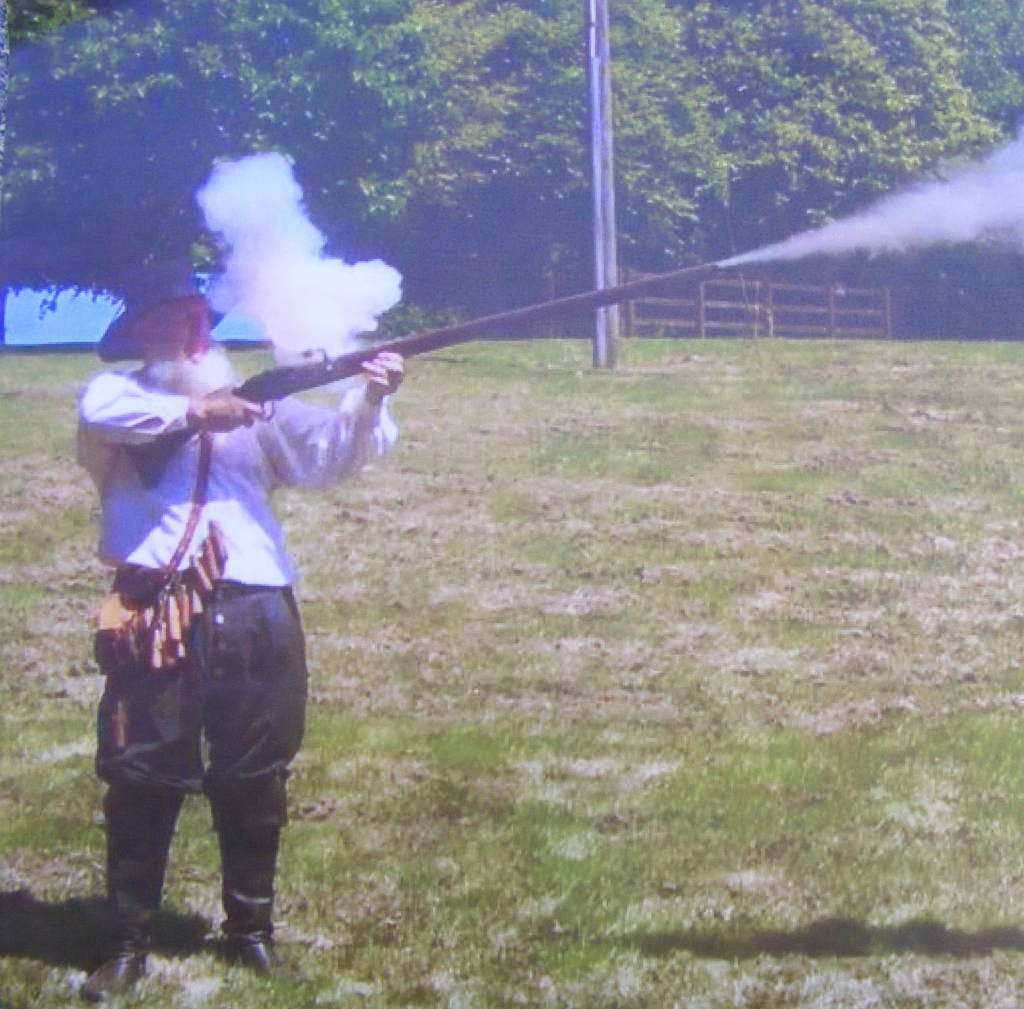
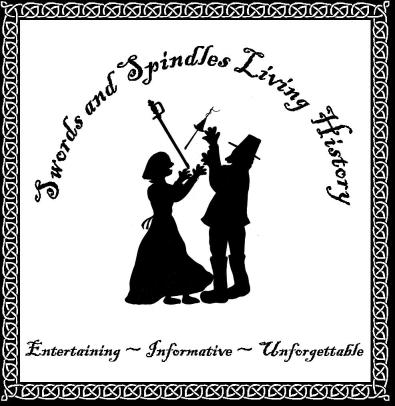
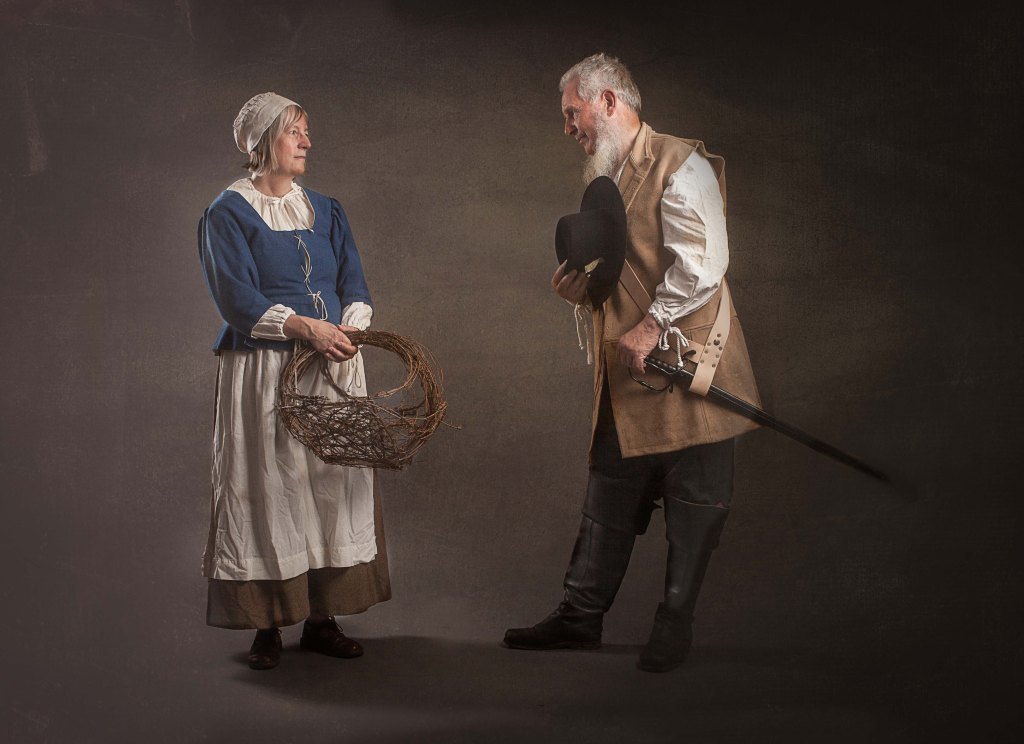

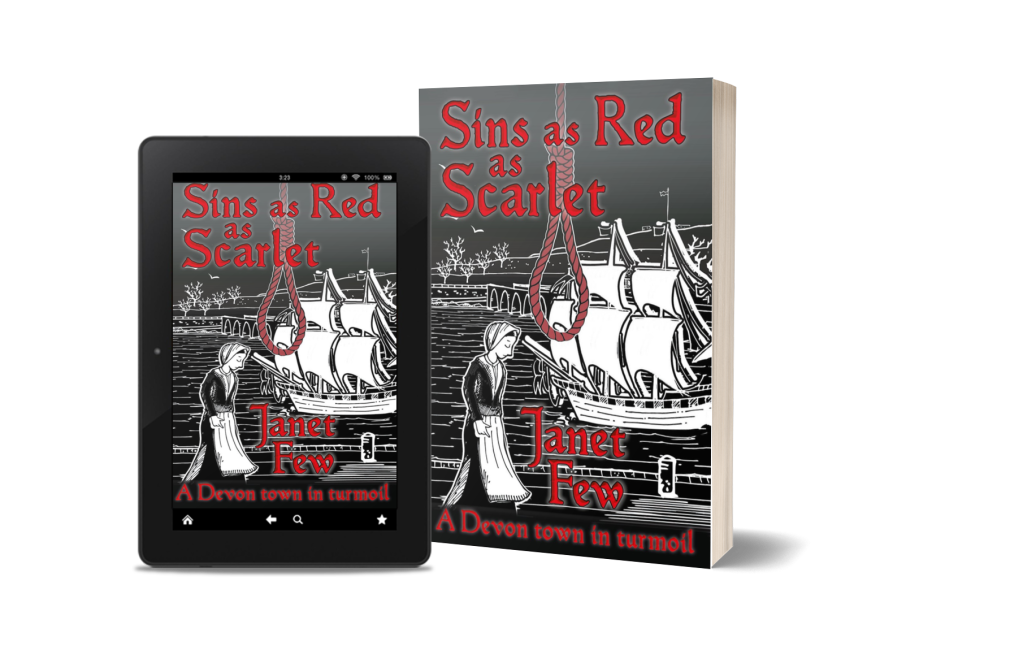
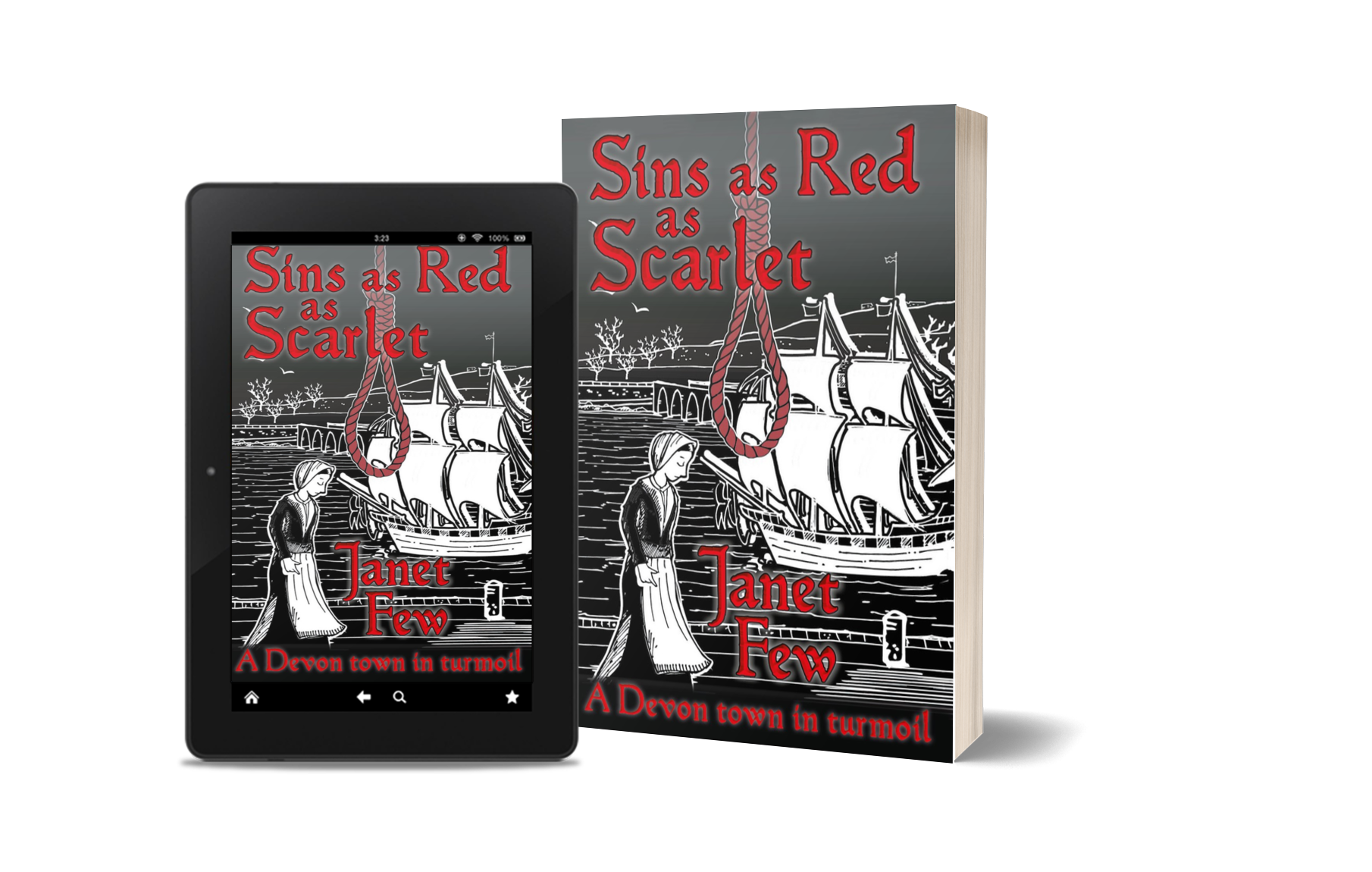
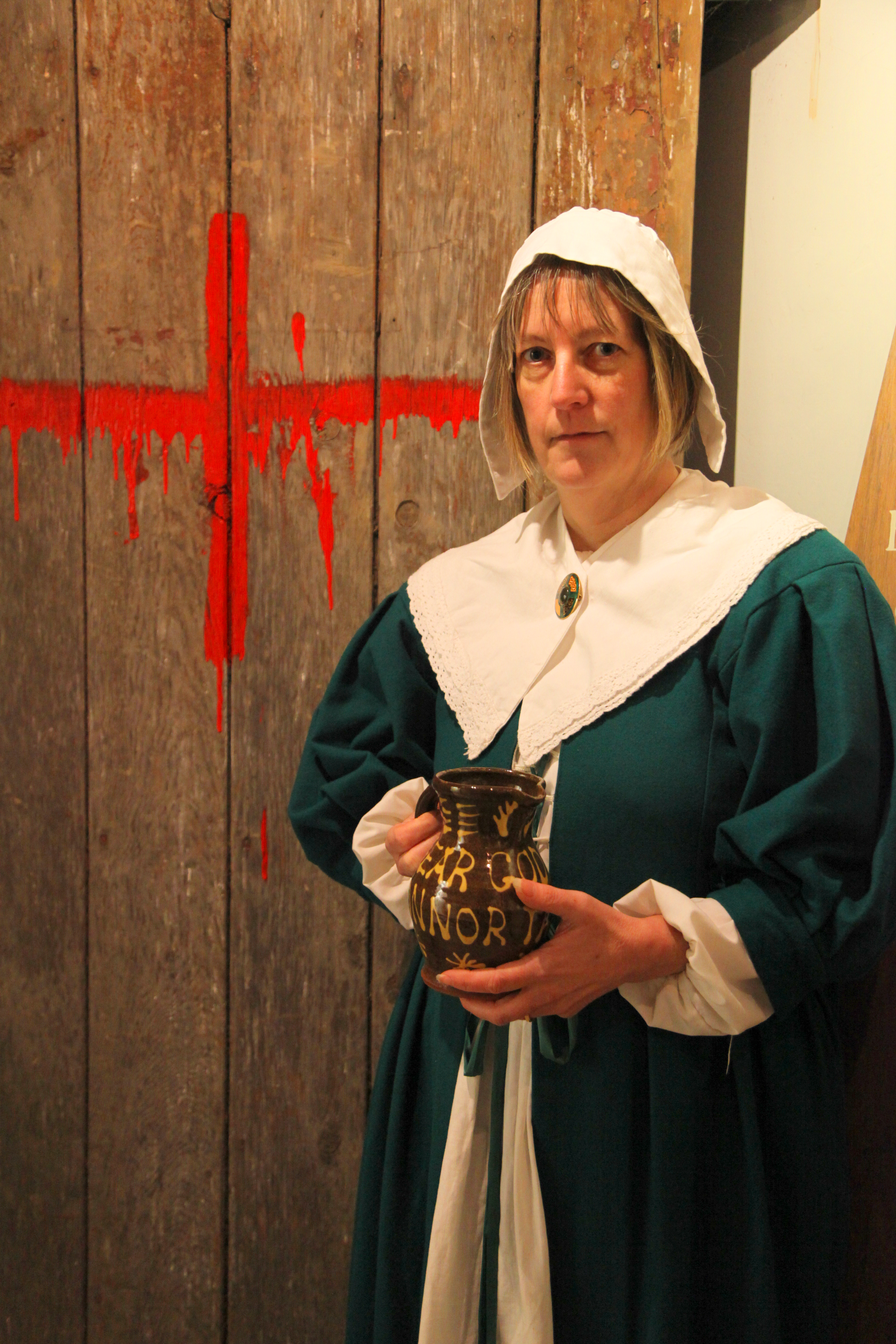






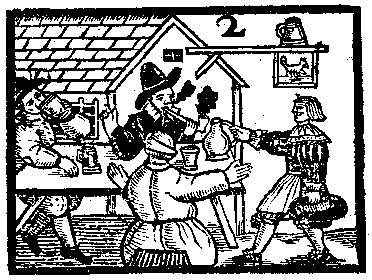
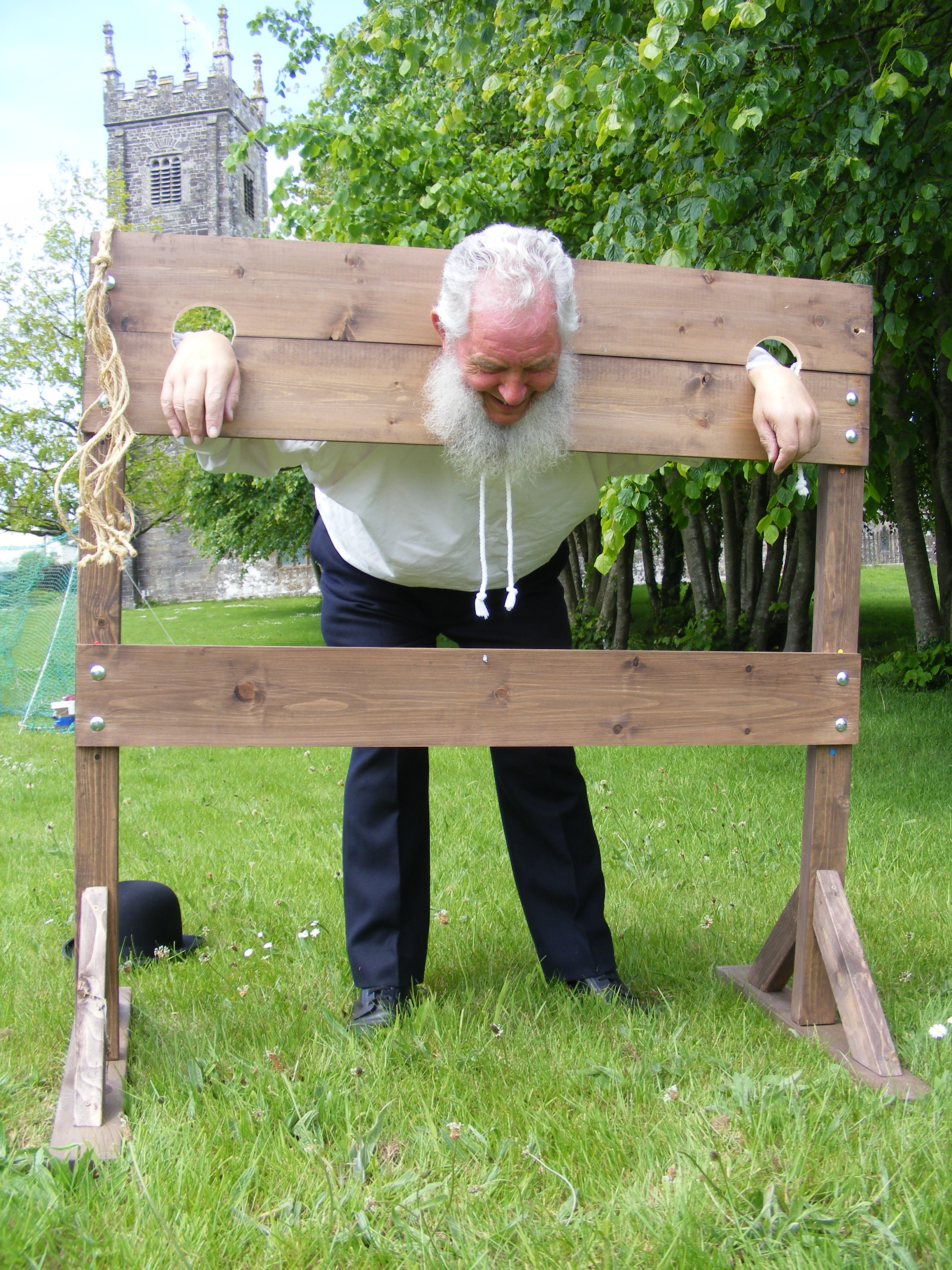
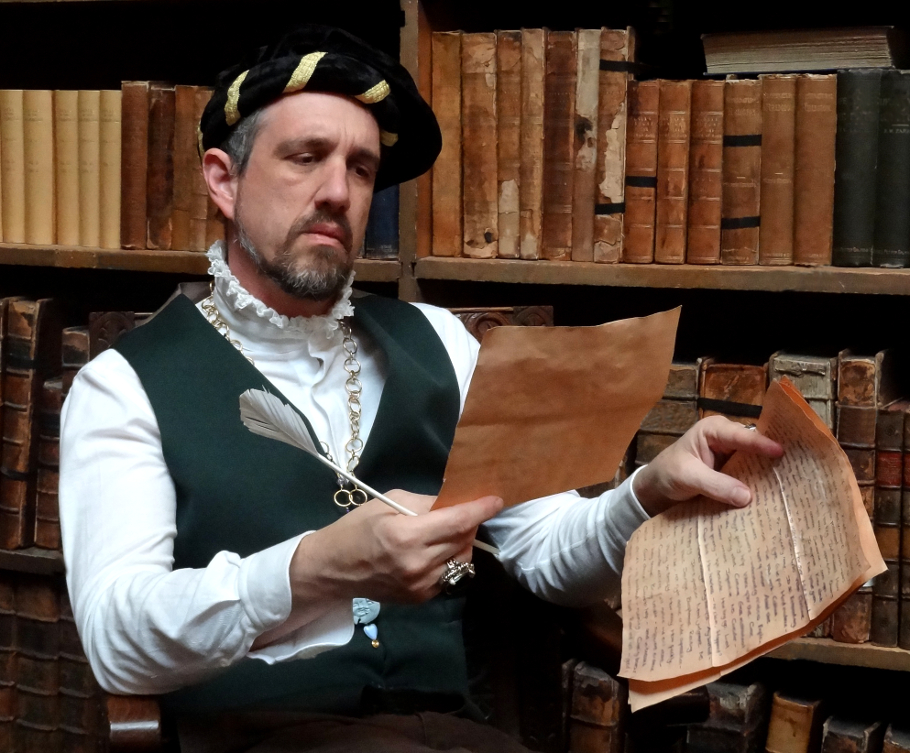 Sir William Tyrell lives at Pentargon Hall with his wife, the Lady Kateryn. He is the local landowner magistrate, having taken on the role from his father-in-law, the late Sir Edward Cardew. Whilst many of his cases are run of the mill village disputes, occasionally a case comes along with more wide-reaching significance…
Sir William Tyrell lives at Pentargon Hall with his wife, the Lady Kateryn. He is the local landowner magistrate, having taken on the role from his father-in-law, the late Sir Edward Cardew. Whilst many of his cases are run of the mill village disputes, occasionally a case comes along with more wide-reaching significance…